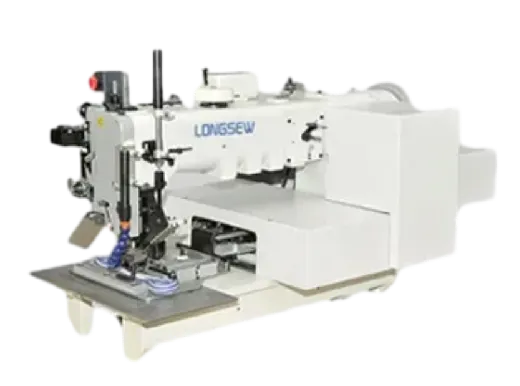leather machine
The Evolution and Impact of Leather Machines in the Tanning Industry
Leather, a timeless material celebrated for its durability and versatility, has a rich history intertwined with human innovation. The tanning industry, responsible for transforming raw animal hides into supple leather, has witnessed significant advancements over the years, particularly with the introduction of specialized machinery. Leather machines have revolutionized the tanning process, enhancing efficiency, consistency, and environmental sustainability.
Historically, the tanning of leather was a labor-intensive process that relied heavily on manual labor and traditional techniques. Artisans would carefully clean and treat animal hides using natural sources like tannins derived from plants. This laborious method often resulted in variations in quality, depending on the skills of the tanner and the materials used. As demand for leather products grew, especially during the Industrial Revolution, the need for more streamlined processes became evident.
The introduction of leather machines marked a turning point in the industry. Early machines focused on specific tasks such as fleshing and shaving, which are crucial for preparing hides for tanning. Fleshing machines efficiently remove excess flesh and fat from the hide, while shaving machines ensure uniform thickness, crucial for achieving the desired quality of finished leather. These innovations significantly reduced the time taken to process hides and allowed for greater scalability, accommodating the rising demand.
As technology evolved, so did the complexity of leather machines. Modern tanning systems incorporate a range of automated processes that not only improve efficiency but also ensure consistency in quality. For instance, computerized tanning machines use precise controls to regulate temperature, pressure, and chemical application, leading to a more uniform product. These advancements have enabled tanneries to produce high-quality leather that meets international standards, thus expanding market opportunities.
leather machine

Moreover, the impact of leather machines extends beyond production efficiency. With growing concerns about environmental sustainability, many manufacturers are now investing in eco-friendly technologies. Advanced leather machines utilize closed-loop systems that minimize water usage and reduce chemical waste, addressing some of the industry's biggest environmental challenges. These systems not only lessen the ecological footprint of leather production but also appeal to a growing consumer base that values sustainable practices.
In addition to environmental benefits, the automation brought about by modern leather machines has significant implications for labor in the tanning industry. While the introduction of machinery may raise concerns about job displacement, it has also led to the creation of new roles focused on machine operation, maintenance, and quality control. Skilled technicians are now essential for overseeing the complexities of automated systems, paving the way for a new generation of opportunities within the industry.
The versatility of leather machines has also allowed for broader applications of leather in various sectors. From fashion to automotive and furniture design, high-quality leather is being used in a multitude of products, each benefitting from the efficiency and precision of modern machinery. As consumer preferences evolve, leather machines continue to adapt, producing not only traditional leather goods but also innovative materials that cater to contemporary tastes.
In conclusion, the evolution of leather machines has profoundly transformed the tanning industry. By enhancing efficiency, ensuring quality, and promoting sustainable practices, these machines have not only improved production processes but have also redefined the market landscape for leather goods. As technology continues to advance, the future of leather production looks promising, driving innovation while respecting the age-old craft of tanning. The synergy between tradition and modernity is poised to lead the leather industry into new realms of possibility.
-
Industrial Cylinder Arm Sewing Machine: Revolutionizing Heavy-Duty SewingNewsJul.28,2025
-
Cylinder Arm Sewing Machine: Perfect for Special Sewing ApplicationsNewsJul.28,2025
-
Cylinder Bed Sewing Machine: Essential for Sewing Complex MaterialsNewsJul.28,2025
-
Heavy Duty Sewing Machine: The Essential Tool for Industrial ApplicationsNewsJul.28,2025
-
Computerized Pattern Sewing Machine: Revolutionizing Precision StitchingNewsJul.28,2025
-
Heavy Duty Industrial Sewing Machine: Power Meets PrecisionNewsJul.28,2025
-
Leather Sewing Machine: The Industrial Standard for Tough MaterialsNewsJul.18,2025





























